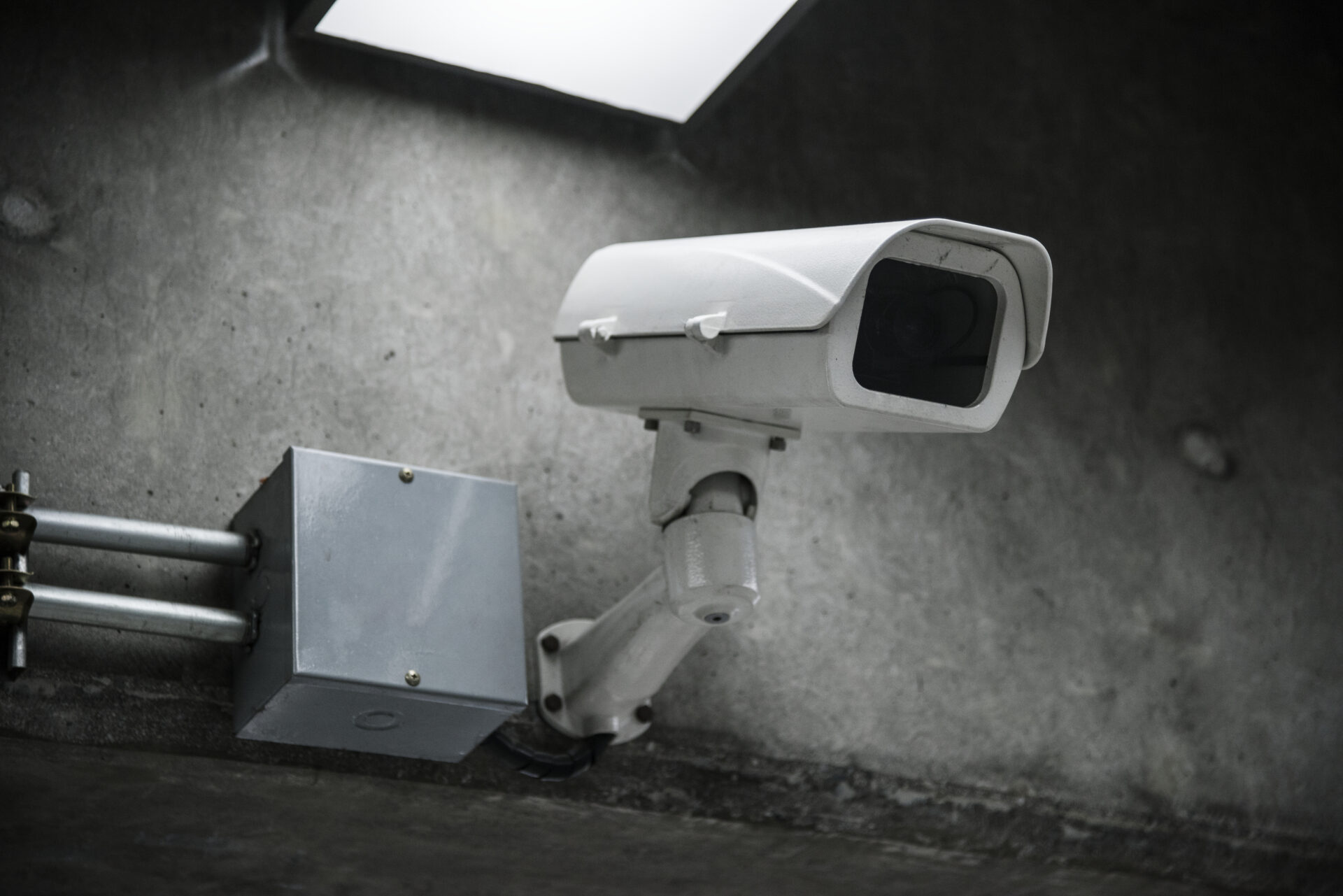In the rapidly evolving realm of artificial intelligence, computer vision stands out as a groundbreaking field, enabling machines to interpret and interact with the visual world. A critical challenge known as overfitting in computer vision is at the heart of developing effective computer vision systems.
This phenomenon, while technical, has far-reaching implications for the functionality and reliability of computer vision applications. Understanding overfitting is crucial for developers, researchers, and users alike, as it significantly influences the performance and practicality of AI systems in real-world scenarios.
This article aims to demystify overfitting in computer vision, exploring its causes, impacts, and strategies to mitigate it, thereby ensuring the creation of more robust and versatile computer vision systems.
Understanding Overfitting
Overfitting in computer vision occurs when a model, typically a neural network or a machine learning algorithm, becomes excessively complex, capturing the underlying patterns in the training data and the noise and random fluctuations.
This results in a model that performs exceptionally well on the training data but poorly on new, unseen data. The challenge of overfitting in computer vision is particularly pronounced due to visual data’s diverse and complex nature. Images and videos contain many details, patterns, and variations, making it easy for models to get lost in the minutiae rather than focusing on the general patterns.
Understanding why overfitting is a significant concern in machine learning and computer vision is essential. A model that is overfitted is essentially useless for practical applications. It is akin to a student who memorizes answers for a test but fails to understand the underlying concepts, thus performing poorly in a different exam setting. In computer vision, a model might fail to correctly identify or interpret new images or scenes, leading to erroneous results.
Causes of Overfitting in Computer Vision
Several factors contribute to overfitting in computer vision models. A primary cause is the complexity of the model itself. Models with many parameters are more prone to learning noise and random details from the training data. These complex models can create intricate decision boundaries that work well for the specific examples they were trained on but do not apply to new data.
Another significant factor leading to overfitting in computer vision is the nature of the training data.
Suppose the data used to train the model is diverse and representative enough of real-world scenarios. In that case, the model will likely learn patterns specific to the training set, which do not generalize well. For example, a model trained exclusively on images of cats in daylight conditions might not recognize a cat in a dimly lit environment.
Examples and Consequences of Overfitting
The impacts of overfitting in computer vision can be observed in various real-world applications. For instance, in security systems that rely on facial recognition, overfitting can lead to the system needing to be more adept at recognizing faces it has seen during training but failing to identify new individuals, reducing its effectiveness and reliability.
Similarly, an overfitted model in autonomous vehicles may perform well in the conditions it was trained under but might fail in new, unencountered road scenarios, posing significant safety risks.
The consequences of overfitting are wider than reduced accuracy. Overfitting can lead to misdiagnoses in sensitive applications, such as medical image analysis, affecting patient care. It can result in faulty inspections and quality control issues in industrial applications. Therefore, understanding and addressing overfitting is not just a technical concern but also a safety and reliability matter.
Strategies to Prevent Overfitting
Combatting overfitting in computer vision is an ongoing challenge, but several effective strategies have been developed. One approach is to use more diverse and extensive training datasets. Exposing the model to a wide range of scenarios, it learns to focus on general patterns rather than specific details of the training images.
Regularization techniques are another vital strategy. These techniques introduce constraints into the model training process to prevent the complexity of the model from escalating. Techniques such as dropout, where random neurons are ignored during training, can prevent the model from becoming overly dependent on specific patterns in the training data.
Data augmentation is a practical approach, especially in computer vision. By artificially augmenting the training data through methods like rotating, scaling, or adding noise to the images, the model is forced to learn more robust features invariant to such changes.
Cross-validation is also an important technique. Instead of using the entire dataset for training, the data is split into several parts. The model is trained on some parts and validated on others, ensuring it can perform well on unseen data. Regular updates and refinement of models based on continuous feedback and new data also play a crucial role in avoiding overfitting.
The Future of Overfitting in Computer Vision
The ongoing advancements in algorithmic techniques and data processing are continually shaping the approaches to tackle overfitting in computer vision. With the rise of more sophisticated learning algorithms and better data handling practices, the future looks promising in effectively addressing this challenge.
Conclusion
In conclusion, while overfitting in computer vision is a complex and pervasive challenge, understanding and addressing it is crucial for advancing reliable and effective computer vision systems.
By balancing the complexity of models with their ability to generalize to new data and employing strategic techniques to mitigate overfitting, the field of computer vision can continue to grow and make impactful technological strides. As we progress, the focus on preventing overfitting will remain key in developing robust and versatile computer vision applications.



